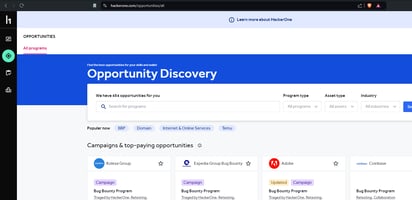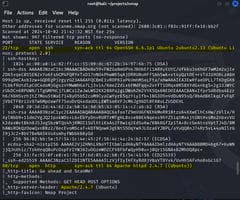What is Threat Modeling
OpenVulnScan User Guide
🧑💻OpenVulnScan User Guide
Introduction
OpenVulnScan is a powerful, open-source vulnerability management platform that provides agent-based and unauthenticated network scans, CVE lookups, and an intuitive dashboard for cybersecurity visibility. This guide walks you through the user-facing functionality.
Getting Started
1. Registration & Login
-
Create an Account: Navigate to the login page and click "Register."
-
Authentication Methods: You can sign in with:
-
Email & password
-
Google or GitHub OAuth (if enabled)
-
Wallet-based authentication (coming soon)

-
2. Dashboard Overview
Once logged in, you'll see:
-
Total scans
-
Scan history with timestamps
-
Number of vulnerabilities detected
-
System performance stats (if agent is deployed)

Performing a Scan
1. Nmap Discovery Scan
-
Go to
New Scan > Discovery -
Enter a target IP or domain
-
Click Start Scan
-
Results include open ports, services, and protocols.

2. ZAP Web Application Scan
-
Go to
New Scan > Web -
Enter the web application's URL
-
Click Run ZAP Scan
-
Vulnerabilities such as XSS, SQLi, etc. are displayed in detail.

3. Agent-Based Scan
-
Install the agent on your endpoint using the CLI instructions on the Agent Setup page.
-
Once registered, the agent will report installed packages.
-
CVEs are matched and listed under "Agent Scan Results."


Viewing Scan Results
-
Go to Scan Results
-
Click any scan to view:
-
Host info
-
Services discovered
-
CVEs identified (with CVSS scores and links)

-
-
Download PDF reports with one click.
Using the Dashboard Search
-
Use the search bar to filter scan data by:
-
Hostname
-
IP address
-
Vulnerability ID (CVE-XXXX-XXXX)
-
Date ranges
-




